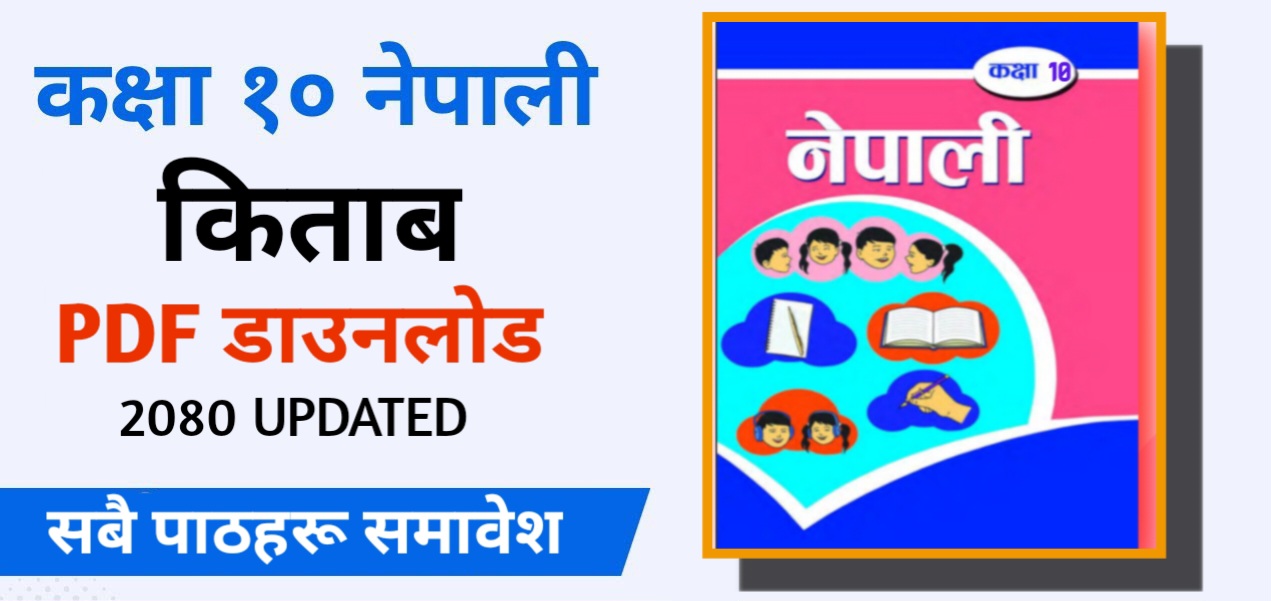Gauko Maya Class 11 Nepali Exercise
Gauko Maya is a story written by Ismali (Maheshwar Prasad Upadhyay). Gauko maya is the second chapter of class 11 Nepali. It is a short and sweet story about the love for village. This story is set in a rural area of central terai region. This story basically highlights the problems that people have to face in Nepali society.
This story is written in traditional Nepali language. Before we move towards the exercise, let's gain some more information about the writer of this story. So, go through the table below to know more about Maheshwar Prasad Upadhyay.
Gauko Maya Author introduction
Name: Ismali (Maheshwar Prasad Upadhyay) Mahesh Paudel in children's literature
Place of Birth: Aurahi, Mahottari District, Janakpur
Date of Birth: 4th May 2012
Parents: Govindaprasad Upadhyay, Tilkumari Devi Poudel
Education: Post Graduate (Mathematics)
Service: Professor, Sanothimi Campus, Bhaktapur
Contribution: Important contribution in the field of Nepali narrative and children's literature writing, 'Rinko Thicho' first story published in 2031
Class 11 Nepali Chapter 2 Gauko Maya Exercise
Class 11 Gauko Maya chapter notes contains all exercise, grammars and summary of the chapter. In addition to that we have also included the exercises of project work section given at the end of this chapter exercises.
Providing the solutions of the project work section will give you a clear idea on how to do the project work properly. You to take this notes as a reference and use it wisely to increase your creativity instead of depending entirely on it.
This is only the half portion of notes. If you want the full notes of gauko maya chapter including the complete grammer exercises and the solutions of the project work problems then you can download the PDF from the link given below.
Class 11 Gauko Maya Exercise PDF Download
As mentioned earlier, we have only provided half portion of the notes. We have done so inorder to avoid the slow loading of the site. But it doesn't mean that you won't get the complete notes. We have combined all the notes of this chapter into a single PDF. Click on the 'Download PDF' button to download it for free.
When you click on the download button, you'll be redirected to another page where you'll get the full notes PDF of gauko maya katha. After downloading the PDF, you can open the PDF file using any pdf viewer.
Gauko Maya Summary Class 11 Nepali
Gauko Maya is a social story written by Ismali. In this story, we look at a village where there are rich people and poor people, bosses and workers, educated folks, and those who haven't been to school much. The story is mainly about how these differences affect the people in the village.
When a guy named Krishna comes back to the village after being away for two years, he realizes that a lot has changed in the village. People have started thinking more about themselves and less about the community. This makes things harder for everyone.
The story tells us that it's essential to value the village itself because living there has a special meaning. Even if someone left the village for personal reasons, they eventually come back and see the value of village life. This change is shown through a character named Kisan, who cares about education, and another character named Parichhan, who helps people understand the importance of education.
The story also tells us that finding meaning in life is important. Life and struggles continue without a break. It says that when you're in the middle of a fight, there's no point in giving up. Success might not come right away, but it can come in the future.
According to Parichhan, when educated people like scholars leave the village, the powerful people in the village, like the lords, exploiters, and leaders, can team up and make it hard for the educated folks to achieve their goals.
The story believes that illiterate people need educated people in society for change and freedom.Both educated and uneducated people play essential roles in society, even though their tools and skills are different. Changes affect both the rich and poor, just like the river's banks change with time.
This social story uses a mix of languages to show the need for change. Its message is that people like Kisan, Parichhan, Budhana, Bakhat Bahadur, and others need to work together to find the essence of life and show its value through their joint efforts.






















